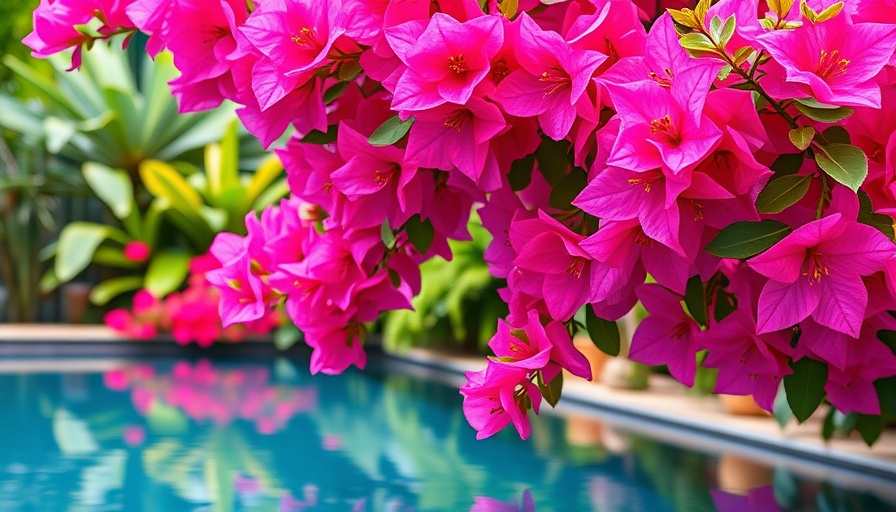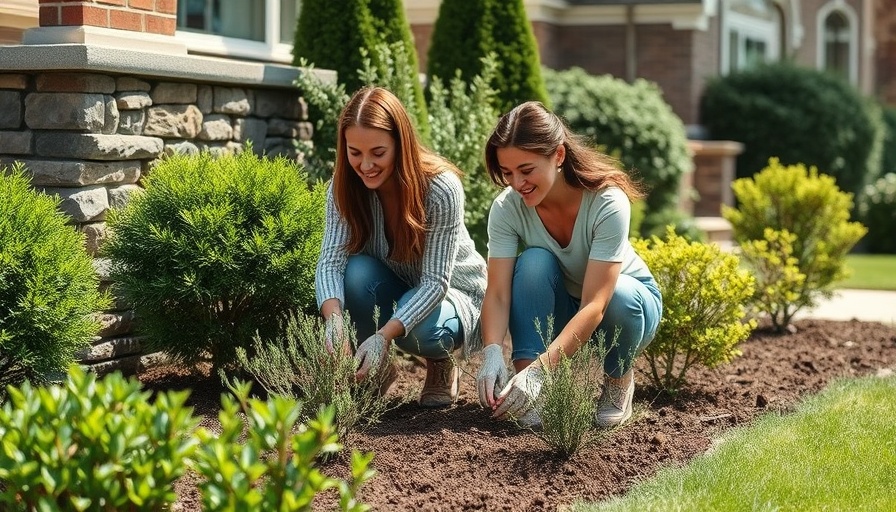
Creating Your Ideal Poolside Oasis: What to Avoid
Designing a beautiful landscape around your pool can be an exciting yet challenging endeavor. Picture this: warm summer days by the glistening water, savoring leisure moments with family and friends, all while surrounded by lush greenery. However, achieving this tranquil outdoor haven requires careful planning, especially when it comes to the plants you choose to include—or exclude—from your design. As you embark on a backyard makeover, it's crucial to know not just what to plant, but also what to avoid.
The Importance of Plant Choice
When it comes to landscaping around a pool, plant selection goes beyond merely aesthetic considerations. Some plants may introduce additional maintenance challenges or unwanted complications, such as attracting pests or causing unsightly messes that could ruin your poolside ambiance. For instance, you likely don’t want nasty pollen or dirt blowing into your sparkling water pool. Furthermore, certain plants can damage pool surfaces with their extensive root systems or thrive unpleasantly in salt and chlorine zones.
Plants You Should Never Grow Around Your Pool
While this list might not be exhaustive, it highlights several key culprits to avoid in your pool area:
- Bougainvillea – Known for its vibrant blooms, this thorny plant poses risks, as its aggressive growth can easily overtake your space and cause scratches.
- Castor Bean Plant – Surprisingly stunning, its seeds are extremely toxic, posing a risk to children and pets.
- Palm Trees – While they evoke paradise vibes, they shed heavy fronds and can produce problematic root systems.
- English Ivy – This climbing plant can climb onto pool equipment and create havoc with maintenance.
- Butterfly Bush – Not only does it attract bees, but it also tends to spread in unwanted directions.
To prevent the scenario where your dream poolside retreat becomes too much work to maintain, take the time to research and strategize on appropriate flora.
Choosing the Right Plants Instead
To foster a peaceful ambiance without all the worry, consider low-maintenance landscaping options such as:
- Ornamental Grasses – These provide texture without excessive upkeep.
- Succulents – Perfect for sunny spots; they add color and require little water.
- Fern Varieties – Ideal for shaded areas, these can help soften edges without inviting trouble.
- Boxwood – This hardy shrub is excellent for providing structure while requiring minimal care.
- Sun-Tolerant Perennials – They bloom beautifully, returning year after year.
Balancing Beauty with Practicality
As you craft your outdoor kitchen designs and garden planning tips, keep your pool's aesthetic in harmony with the plants you choose. An inviting layout should reflect thoughtful landscaping while enhancing your outdoor living experience. Also, consider how landscape lighting ideas can accentuate your space as evening falls—the right lighting can transform your yard into a magical escape.
Final Thoughts and Inspiration
This summer, let your backyard flourish with plants that complement your pool rather than complicate it. Remember, with the right choices, you can enjoy vibrant, lush surroundings without the stress. Embrace these tips to create a welcoming atmosphere, ensuring loved ones can gather and enjoy the sunny skies together.
Your Next Steps
Are you ready to elevate your poolside experience? Start planning your backyard makeover today! Focus on long-lasting, low-maintenance plants that harmonize with your outdoor aesthetic. Remember, by keeping these plants in mind, you’ll create a serene and inviting outdoor oasis that you'll surely love for years to come.
 Add Row
Add Row  Add
Add 




Write A Comment